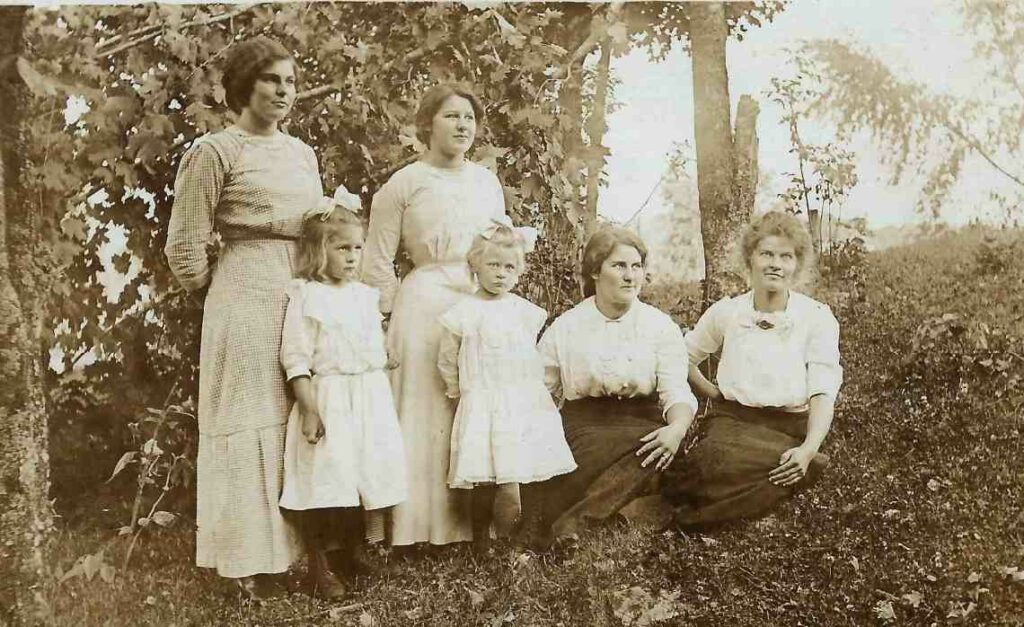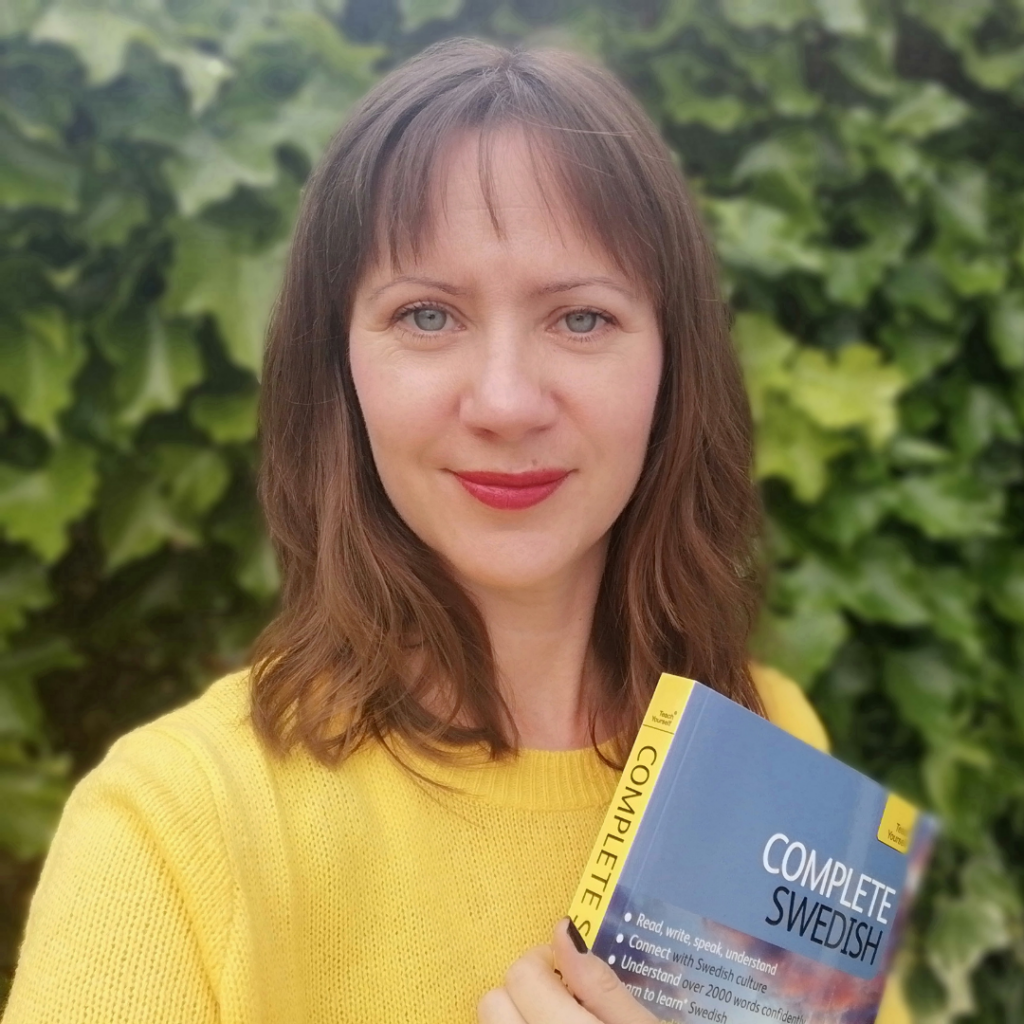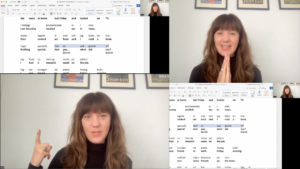When we get into contact with people wanting to learn Swedish, it’s often because they have a Swedish partner, or work/study in Sweden. But there are also people who want to learn Swedish because of their Swedish ancestors, especially among Americans with Swedish heritage.
How to find your Swedish ancestors – for Americans
“Do you ever find yourself glued to your TV, binge-watching a show that you just can’t get enough of? Ever read a book so amazing that you couldn’t put it down? What if I told you there’s another story out there just like that?“
The world’s second favourite hobby (just after gardening) is tracing your family history, and for good reason. It uncovers stories about people you never knew existed, and shows you just how many decisions over the centuries has led to you. It’s an amazingly rewarding experience that you just can’t miss out on! Tracing your ancestry is like being the star of a story you didn’t know you were writing, and today,
So where do you begin? Here are the 10 best tips to get your started so you can find your Swedish ancestors:
Step 1: Write Down What You Already Know About Your Swedish ancestors
In the beginning, it’s easiest to start with what you already know well – your own life. Open a blank document and start writing down the basic information that you already have at hand, such as your name and birth date. Continue with your parents’ names, your grandparents’ names, and so on. Keep going, and at some point, you’ll come to a natural stopping point. That stopping point is your first research question about your Swedish ancestors.
Step 2. Organize Your Information About Your Swedish Ancestors
Sometimes beginning researchers get stuck deciding what programs to buy, if any. And yes, while it’s important to stay organized as you learn more facts (like names, dates, and locations), don’t get too hung up on this. What matters most is that you’re starting. Think about your family history journey as just that, a journey, and what vehicle you drive to get to your destination doesn’t quite matter as much as the journey itself.
That being said, it’s useful to set up a digital system to avoid paper piles, and considering that most paper files will probably need to be digitized at some point anyway, it’s easiest to just start there. Have a look at programmes like Family Tree Maker, Rootsmagic, and Legacy. It may be a small out-of-pocket cost, but it will be an invaluable tool to stay organized in the long run.
Step 3: Don’t just search, research!
In genealogy, focus is key. Every generation back gets you at least four new family members and if you don’t stay focused, you will end up on tangent branches of your family tree. We don’t need to know everything about your second cousin’s wife’s brother’s aunt, but we will if we don’t catch ourselves.
It’s easy to make mistakes like this because everyone is interconnected, so the solution is to ask focused research questions, for example: “Who were the parents of my great grandfather Paul Jackson, 1865-1915?” rather than “Who were the ancestors of Paul Jackson?” In the latter example, we don’t specifically know who Paul is nor do we know his relationship to us or when he lived. You’re also asking a mighty big question (all his ancestors!), which likely take years of research to answer, if it’s even possible. The key to good research is focus.
Step 4: Interview Your Family
Something many people wish they had done earlier is interviewing their older living relatives. That would have saved countless hours of trying to sort out relationships that the relatives knew all too well. Sometimes people know a lot, but they don’t tell you unless you ask, so before you even dig for any records, check with your family (and even extended family) what they know. You may be surprised!
Step 5: Go Online
In today’s digital world, finding records is much easier than it used to be, so create an account with Ancestry.com or FamilySearch.org, just to see what you can find out. It may be enough to hook you – yes, it’s that much fun! A word of caution though: the internet is also filled with a lot of incorrect information, so before you add things to your family tree about your Swedish ancestors, make sure it’s coming from a reputable source.
Step 6: Visit a Repository
The internet holds a treasure trove of information, but it’s estimated that only about 2% of what is available has been scanned thus far. Translation? You’ll likely need to visit an archive at some point to find out more about your Swedish ancestors.
If you don’t live in the area where your research subject lived, know that most repositories offer scanning & copy services that you can take advantage of in exchange for a small fee. You can also hire a local genealogist to retrieve information for you (visit the Association of Professional Genealogists to find one). Don’t overlook the local archives as they may have resources you never knew existed!
Step 7: Analyze Your Evidence About Your Swedish Ancestors
What is fact and what is fiction? This is where it gets interesting! Being a genealogist is like being a lawyer, you’re just working in a different time and space. And just like in court, you need to be able to prove your case with facts and documentation. If not, we’re going to have trouble believing you.
Was uncle Willard really a New Yorker? Did he immigrate from some other country or was he born there? And why do I have this photo of him in a military outfit when he never spoke about serving? All of this can be really exciting to uncover.
While this sounds like a lot of work (and it can be), it’s more like putting together a puzzle about your Swedish ancestors. You become your own detective and it’s quite addictive!
Step 8: Learn about the Genealogical GPS
How do you learn to research well? First, you need a bit of experience. There’s nothing quite like hands-on practice. However, there is a set of standards you should know: the GPS (the Genealogical Proof Standard). These are guidelines put in place by the BCG (the Board of Certification for Genealogists) to help you learn about how to research the right way. Familiarize yourself with them early on, and you will have a much easier time making progress!
Step 9: Don’t Give Up!
Sometimes, you’ll come across a problem you just can’t seem to solve. It happens to all of us from time to time. We call that a genealogical brick wall. It seems impossible to overcome, but usually it’s just a matter of looking at the problem from a different angle. Don’t give up! The truth is out there. Somewhere.
If you feel like you want a second pair of eyes on your research problem, head on over to the Association of Professional Genealogists (APG) and look for a Pro who is experienced in the specific time period and location. You’ll be amazed at what they can find!
Step 10: Connect with other Researchers
Now, more than ever, there are online connections to be made! There are hundreds of blogs to follow, webinars to watch, and plenty of social media groups and forums to join. Whatever niche you’re researching, there’s a resource for that! So connect with others who are looking for the same people and places because that’s a great way to learn something new! And who knows, you may end up meeting a cousin or two!







